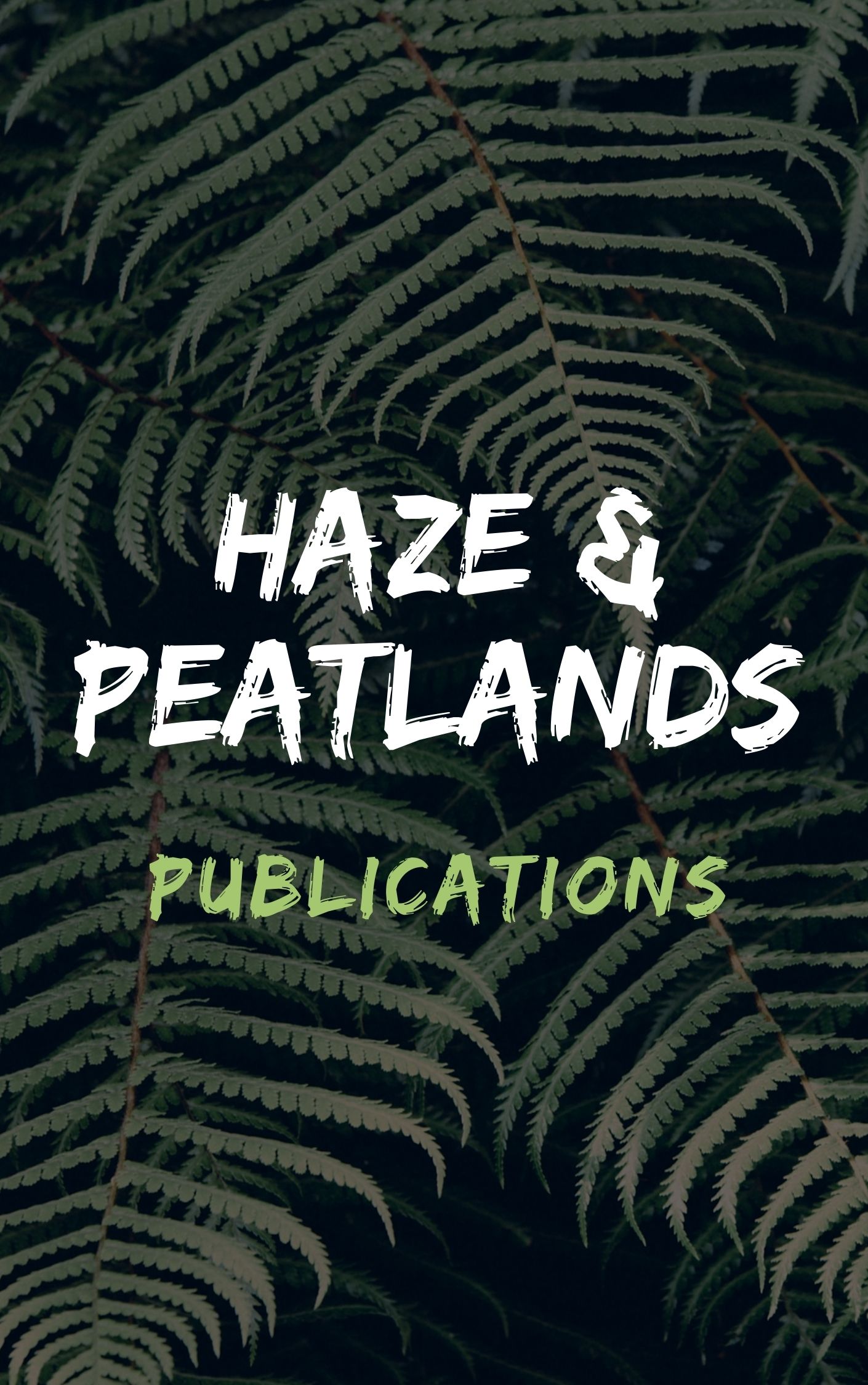High smoke concentrations in Equatorial Asia, primarily from land conversion to oil palm plantations, affect a densely populated region and represent a serious but poorly quantified air quality concern. Continued expansion of the oil palm industry is expected but the resulting population exposure to smoke is highly dependent on where this expansion takes place. We use the adjoint of the GEOS-Chem chemical transport model to map the sensitivity of smoke concentrations in major Equatorial Asian cities, and for the population-weighted region, to the locations of the fires. We find that fires in southern Sumatra are particularly detrimental, and that a land management policy protecting peatswamp forests in Southeast Sumatra would be of great air quality benefit. Our adjoint sensitivities can be used to immediately infer population exposure to smoke for any future fire emission scenario. (C) 2014 The Authors. Published by Elsevier Ltd. This is an open access article under the CC BY-NC-ND license (http://creativecommons.org/licenses/by-nc-nd/3.0/).
View source

